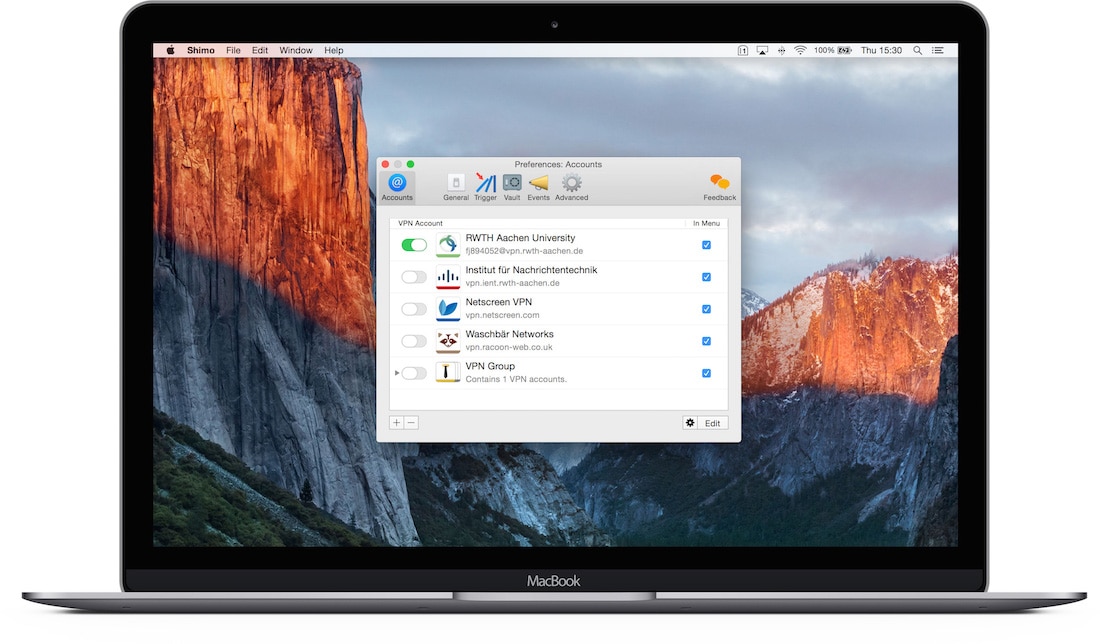
- #Cisco connect for mac sierra how to#
- #Cisco connect for mac sierra mac os x#
- #Cisco connect for mac sierra install#
- #Cisco connect for mac sierra password#
#Cisco connect for mac sierra password#
In the field below "VPN: Ready to connect", type exactly the following:Ī username and password prompt will appear. The Cisco client will launch, and its window will look like this: Open your Mac's Applications folder, and then open the Cisco folder.ĭouble click the icon named "Cisco An圜onnect Secure Mobility Client." When it's done, the window will say "Installation was successful." Close the installer.

and then follow all of the on-screen instructions you see (all of the default choices are fine) to complete installation of the software. Within the now open dmg(disk image file) double click on the installer package, in this case called "anyconnect-macos-6-core-vpn-webdeploy-k9.pkg" but will change relative to name of the related DMG file you just downloaded. Open this "dmg" file, by double clicking on it where it was downloaded. Locate the file just downloaded in your downloads folder for the browser you used, it should be called "anyconnect-macos-6-core-vpn-webdeploy-k9.dmg" or something similar.

Installing the Purdue Cisco An圜onnection VPN client Next you may be prompted to allow the download:
#Cisco connect for mac sierra install#
Next you should see a Download & Install dialog box: If everything progresses automatically and (after perhaps 30-60 seconds) you see a prompt for your Purdue Career Account username and password, enter your BoilerKey 2 factor authentication credentials and you'll be start the process of downloading/installing Purdue's VPN. Safari, Firefox, or Chrome) and go to this web page:

On your Macintosh, launch a web browser (e.g. VPN connection instructions for Windows OS can be found here Please be aware the most current Purdue VPN client will not install any MacOS less than/older than 10.12.6. This article provides notes for Macintosh users connecting to VPN for the first time and for Mac users who might be seeing problems on later attempts. or you might know that a Cisco client application is one way to access the service. You might know ITaP's VPN service by the names " WebVPN" or " An圜onnect Portal". ITaP provides a Virtual Private Network (VPN) service to the Purdue community you'll need it when you are off campus to map a network drive to your ECN home directory and/or to use Microsoft's Remote Desktop Connection to connect to a Windows PC, among numerous other services.
#Cisco connect for mac sierra how to#
NOTE: You will need Purdue's BoilerKey two-factor authentication to access the VPN service. If you do not yet have a BoilerKey, go here for information on how to sign up.
#Cisco connect for mac sierra mac os x#
The settings below can be reached by clicking the Advanced… button when viewing your VPN connection in the network list.WebVPN (Purdue Virtual Private Network) in Mac OS X If you need to add settings for DNS servers or Proxies once mistreatment the VPN please see the screenshots below for reference. Click OK once done:ĭepending on your network and VPN configuration you will currently begin mistreatment your new VPN connection. If you allow the checkbox marked Show VPN standing within the menu bar checked a replacement menu bar icon can seems that permits you quickly flip the VPN association on and off.Ĭlick on the Authentication Settings button and enter the VPN’s Shared Secret, Certificate, and/or cluster Name. Enter your VPN server’s IP address, your user name (Account Name), and password: Give your new VPN connection a label in the Service Name text field(1) (Any name you choose) and click Create (2):īack on the main Network screen, click on your new VPN name in the list on the left side. On the following screen click on Interface drop-down menu and choose VPN:Ĭlick on the VPN Type menu and choose Cisco IPSec: On the Network screen, click on the + symbol in the lower left : Open System Preferences and click on the Network icon: Main Set Up Steps:īefore you begin please have your VPN’s IP address, your username, password, shared secret, certificate, and/or group name ready. Starting with Mac OS X 10.6 it is now possible to connect to a Cisco IPSec VPN without having to download any extra software.


 0 kommentar(er)
0 kommentar(er)
